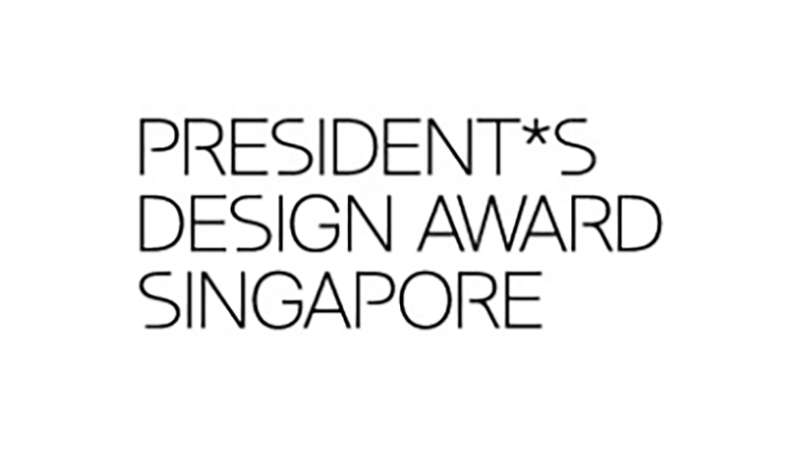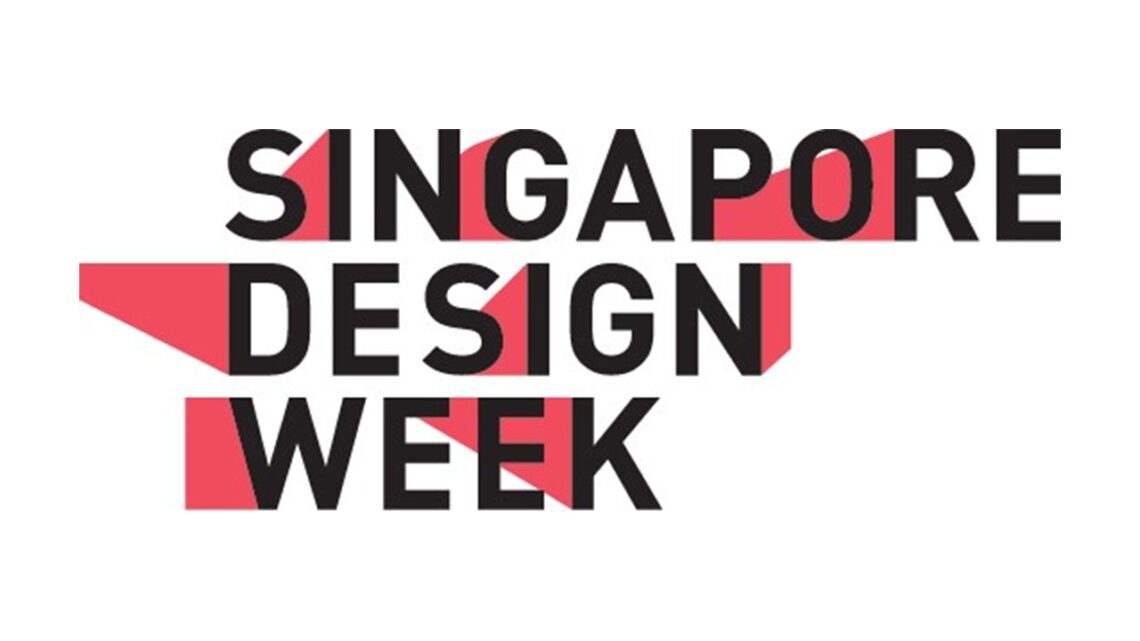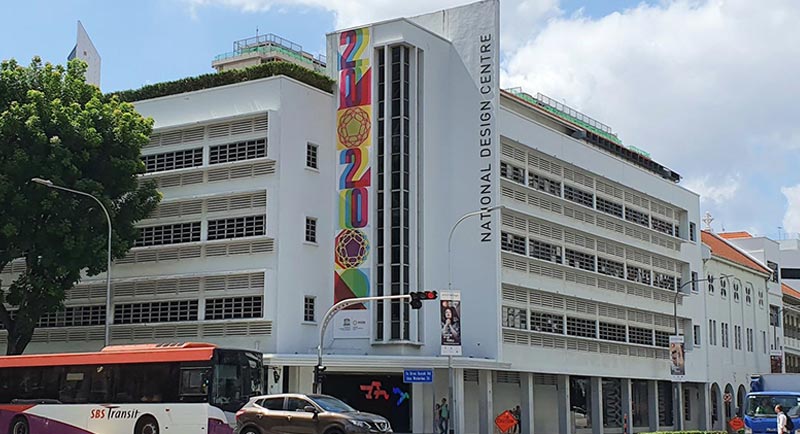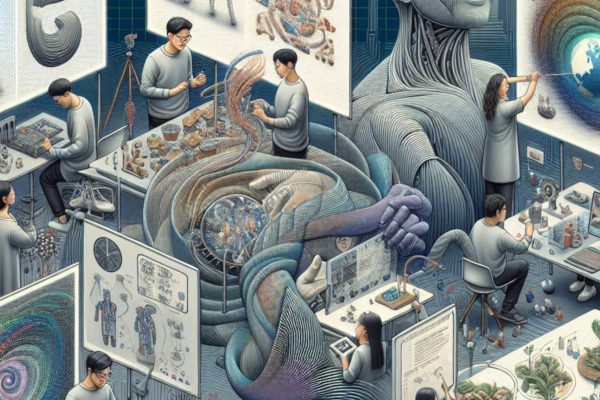By Jamie O’Brien. Mar 19, 2019
Change is hard. If you’ve ever tried to change an aspect of your company, you’ll be familiar with the questions that inevitably arise from such an effort: Why is it so hard to get anything done here? What’s the best way to collaborate with my peers? Why is my organization afraid to take risks?
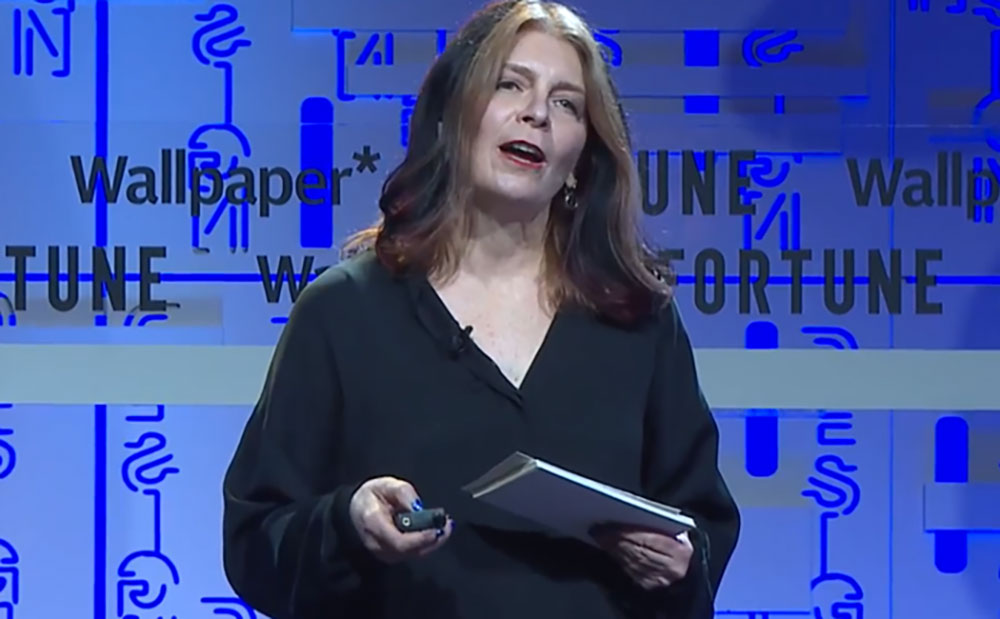
At Fortune’s Brainstorm Design conference in Singapore earlier this month, Maria Giudice, design leader and co-author of Rise of the DEO: Leadership by Design, spoke about the difficult life of a corporate change-maker. In her previous role at Autodesk, Giudice was tasked with shifting her company from being tech-centric to human-centric. She had no idea how hard it would be.
At Brainstorm Design, Giudice offered attendees six lessons from that period:
- Silos are sometimes necessary in big companies, but they create fiefdoms. When a company is set up so that different departments are in competition with each other, it’s bad for business. Build a coalition of like-minded people within the company and make change happen together. There is safety in numbers.
- Executive support is a must-have. There will be those that feel threatened by your changes. You need someone who has your back.
- Align your work to customer needs. If you align your ideas with customer data and business goals, it’s harder for people to debunk them.
- Get it done. Some stakeholders get stuck in the present and want everything now. Others get stuck in tomorrow and never deliver. Develop a clear path to execute and work to milestones. Achieve small wins to see big change.
- You can’t win all the time. Some multidisciplinary teams have people with very strong opinions. Try it their way first. It’s your turn if it fails.
- Stay true to yourself. “Fake it till you make it” is misguided advice. Embrace your authenticity. It’s not fun to pretend at work. You should have nothing to hide.
Guidice left her audience with a final piece of advice: persist. “Failure is inevitable and it hurts,” she said. “It takes time to recover. If you haven’t failed, you haven’t taken enough risks. When you fall, you’ll see clearly. Once you hit the bottom, creativity can flourish. Then it’s time to redesign.”
Maria Giudice also explains her idea of a DEO (“Design Executive Officer”) that was inspired by the experience of running her own design business.
The first edition of this article was published on
Fortune on 19 Mar 2019. All rights reserved.
